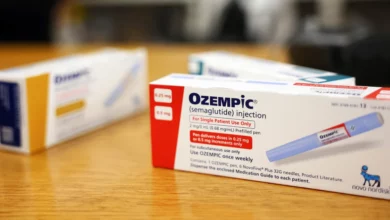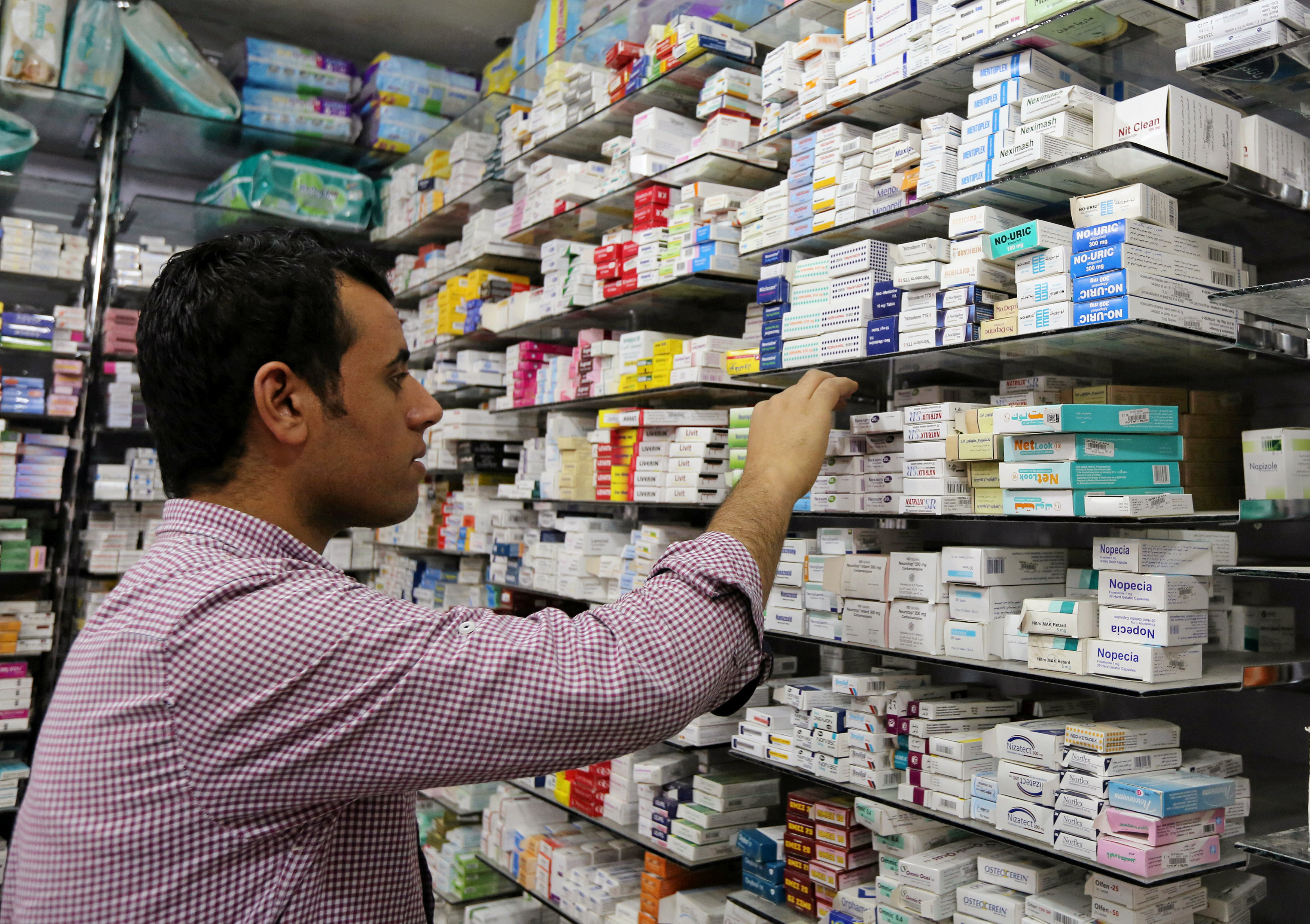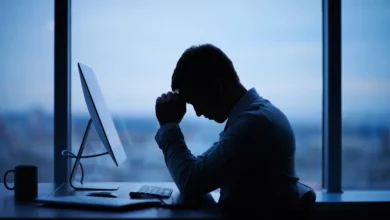Drug addiction is a major problem in Cairo, but one that is very rarely written about or discussed in politics accurately. To counter this, medical experts have offered to share reports and personal experiences with Egypt Independent in order to better understand the city’s increasing drug problem, as well as the effect the revolution is having on it.
The latest drug abuse report produced this year by the Ministry of Health shows drug addiction in Cairo to be at record high levels, with five to seven percent of the population believed to be addicted to some form of drugs. That figure translates to between 1-1.4 million people, and the drugs most likely to cause addiction are heroin and Tramadol, a synthetic opiate pharmaceutical.
“This statistic is not casual users, which is 25-30 percent of the population and includes consumers of hashish and alcohol, it means five to seven percent are abusing drugs harmfully and are dependent, which is incredibly high,” says Emad Hamdi-Ghoz, the head of psychiatry at Cairo University and the leader of the team that conducted the study.
These statistics also make Cairo the country’s drug abuse capital, as data from other governorates show a 1.6 percent addiction rate, and a 10 percent casual user rate.
To produce the report, almost 40,000 Cairenes of various ages and backgrounds were interviewed on the street and in designated locations such as schools and medical clinics. Data samples came from Helwan, Heliopolis, Manshiyet Nasser, Old Cairo and Shubra, to name only a few.
Of those surveyed, just over 30 percent said they were substance users. Out of the substance users, about 90 percent used hashish, 35 percent drank alcohol, 32 percent used opiates, 27 percent used pharmaceutical drugs, 25 percent used other substances like solvents and inhalants, and three percent used cocaine and amphetamines.
Seventeen percent of the sample also admitted to being under the influence of drugs while at work.
The report also found strong correlations between drug use and education and employment. Those with only a primary school education or less were most likely to become drug abusers. The unemployed, trade laborers and artists also represented the highest percentages of addicts.
It also shows that males are three times more likely to use substances than females, and the youngest recorded age of an addict has now dropped to only 10 years old, where previously it was thought to be 12 or 13 years old.
Religion was also considered, finding that Christians are more likely to casually use drugs, but Muslims are more likely to develop an addiction.
When asked why drug abuse has continued to steadily increase, Hamdi-Ghoz believes that the system — propagated by the old regime — had created divides in society that were causing addiction levels to increase.
“Under the old regime, the relationship between work and success, and morals and values were stripped away, obviously leading the vulnerable — the young, poor, and uneducated — to fall deep into addiction,” he says. “Also, the way the law was enforced — treating addicts as convicts rather than patients — exacerbated the problem.”
However, according to Hamdi-Ghoz, the data for the report was actually collected a couple of years ago, in two waves, during 2008 and 2009, meaning it does not directly reflect last year. “There is always delay time between data collection and the final report,” he says.
But despite the aforementioned delay, psychiatrists and medical workers believe that addiction levels have actually gotten worse, especially since the revolution began last year.
Though there is no collected data to back up this view yet, several doctors have offered to share their experiences of the past year in order to paint a better picture of the current state of drug addiction in the country’s capital.
“2011 has been an amazing year, as the whole notion of police force and border control has been challenged, which will obviously have an effect on the use and availability of drugs,” says Nasser Loza, ex-secretariat general of mental health who is now managing director at Behmen psychiatric hospital.
Doctor Tamer al-Amroushy, managing director of the addiction unit at the Ministry of Health, says that “there should be little doubt that drug abuse has risen significantly since 25 January.”
Amroushy says that 50 to 60 percent of his patients in recovery stopped showing up half way through last year, accounts of relapse are higher than ever, more addicts than ever before are now joining the waiting list to receive treatment, and the level of addiction is often more severe.
While Amroushy admits that it is hard to determine whether or not addiction has actually increased, or if more people are simply seeking help to stop using drugs, he says that firsthand accounts from the drug users tell him that drug abuse has gotten worse.
“We are hearing that Tramadol and other illicit drugs are everywhere now, and without consistent police force on the streets, dealers are more comfortable and daring, and so they now more openly linger around public areas and primary schools,” he says.
Doctor Mahmoud Habiby, manager of Ain Shams University hospital’s addiction unit, also says that the number of addicts coming in for treatment has increased threefold.
“Prior to 25 January we’d get about 30 people a week for sessions. Now we have 90 people and an ever growing waiting list that we don’t have the resources to attend to,” he says. “From March to November last year, drug abuse certainly shot up, and the people coming in are getting younger.”
Habiby says that Tramadol, followed by heroin, are the primary drugs of abuse that have surged in the past year. With regard to Tramadol, he believes this is due to large illegal shipments coming in from India and China, which he bases on seeing different boxes and pharmaceutical brands.
“Before users would have to go through the pharmacies, but now the black market is huge as the revolution has put forward this view of an apparent, underlying Tramadol market in Egypt,” he says. Habiby also believes that despite increased reports of drug busts at Egypt’s borders over the past year, this is more likely a reflection of increased smuggling, rather than efficient border patrolling.
Other public hospitals such as Matar and Qasr al-Aini also reported huge surges in drug addicts coming in for treatment. An updated report, which incorporates data collected since the beginning of last year’s uprising, is to be released towards the end of the summer.
To tackle the city’s ever-increasing drug problem, all medical experts believe there must be continuous awareness campaigns, as well as changes to the legal system that oversees and propagates how drug laws are enforced. According to Hamdi-Ghoz, one of the most important results from the 2011 report is the relationship between smoking cigarettes or shisha and substance use.
“In a country where 50 percent of the male population smokes tobacco, and most don’t see it as necessarily harmful, you’re already halfway to trying hashish or bongo,” he says. Doctor Habiby furthers this view in his belief that hashish and bongo are a major problem in Egypt, because the majority of the population does not see them as a problem, unlike alcohol, which is generally considered haram (sinful).
“If you’re already smoking cigarettes and hashish, it doesn’t take much to move onto opium or pharmaceuticals, particularly if you are inclined to develop an addiction as a means of escape,” he says. “Everyone knows the ‘gateway’ mechanisms of drugs, but in Cairo there are no buffers at the early stages.” Although there are campaigns often seen around Cairo which advocate education on intravenous drugs, such as a billboard featuring syringe turning into a fountain pen billboard, Habiby believes that, by this point, it is often too late.
He believes that the city needs serious campaigning, not only in schools and universities, but in poorer areas where access to information and education is limited. “Awareness is practically non-existent where we need it most,” he says.
“Add poor journalism in the local papers to this, where journalists write their own views on drugs as scientific facts, making up numbers in the process,” he says. “It’s very harmful to the community.”
Hamdi-Ghoz also believes that the way hashish and smoking are portrayed in cinema needs to change. “We need to rid ourselves of the image that a hash smoker is some kind of interesting, lonely hero,” he says. All agree that despite medical services for addiction treatment having come a long way over the past two decades, moving from a criminal approach to a patient approach, the police and the judicial system have yet to follow suit.
“The penalties are too severe, with years of imprisonment for possession of a small quantity of drugs,” says Hamdi-Ghoz. “Or police officers will just take users, throw them in a cell and beat them occasionally — making matters much worse.”
Habiby explains how the unjustified penalties for drug possession made it common practice for police officers, seeking a green light to harass random citizens, to plant hashish somewhere in their belongings. “It reflects terrible shortcomings in the law,” he says.
Habiby believes that future policy makers will have to address the capital’s skyrocketing drug problems very soon, lest they continue to get worse, considering ongoing political and economic instability.
“You hear presidential candidates discussing banning alcohol, but no one is talking about heroin and Tramadol, which is strange, because we don’t have an alcohol problem in Egypt, but we do have a huge number of drug addicts,” he adds. “It shows that their platforms are not community based, but designed to win votes.”




